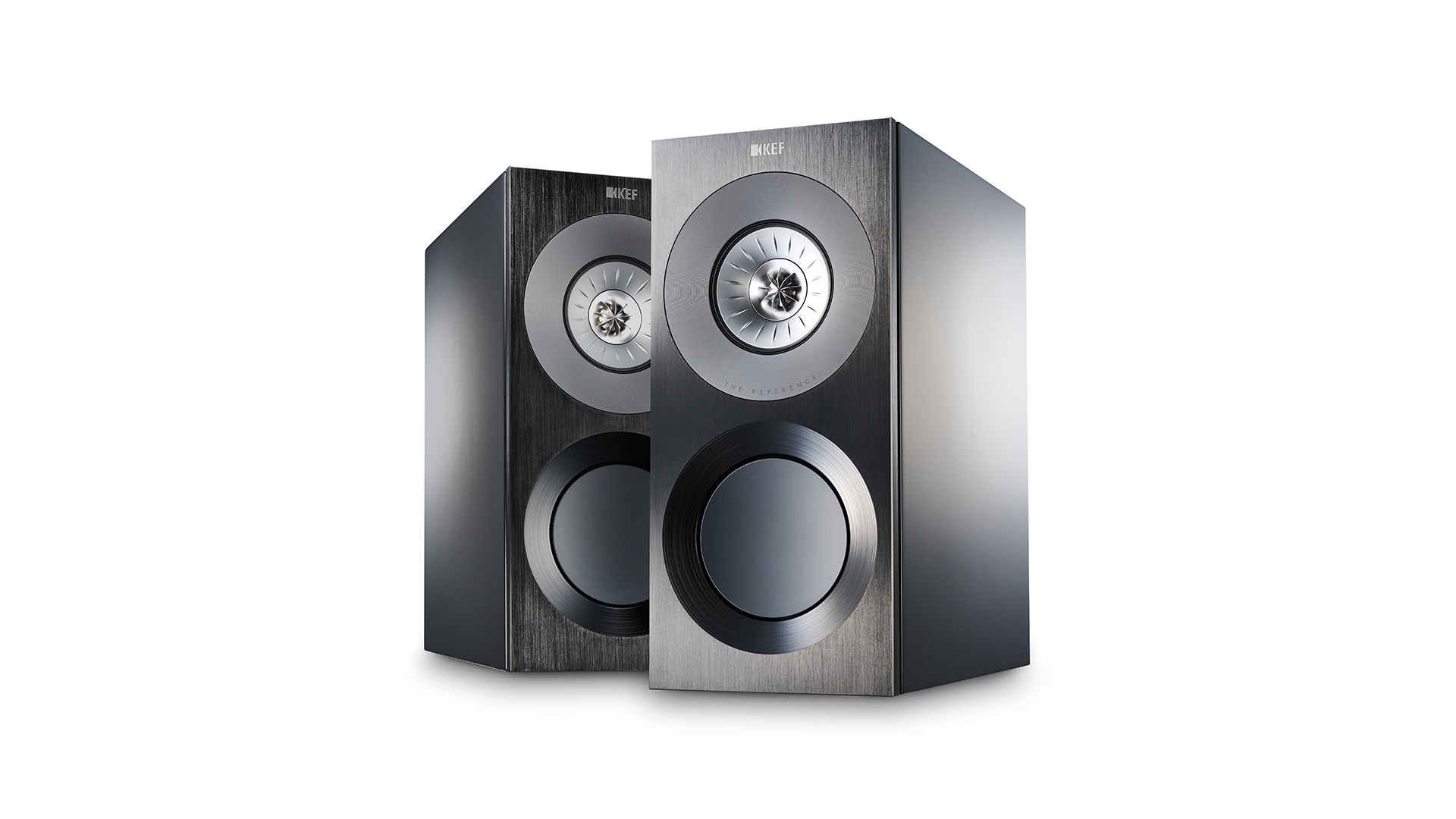
We first came across KEF’s Reference 1 speakers back in 2018. They made quite an impression due to a truly compelling blend of an insightful yet balanced presentation, superb build and thorough engineering. But it is never sensible to stand still for long in the hi-fi industry, so five years on from that original review we’re sitting in our test room, having just unpacked the new Reference 1 Meta.
Technology
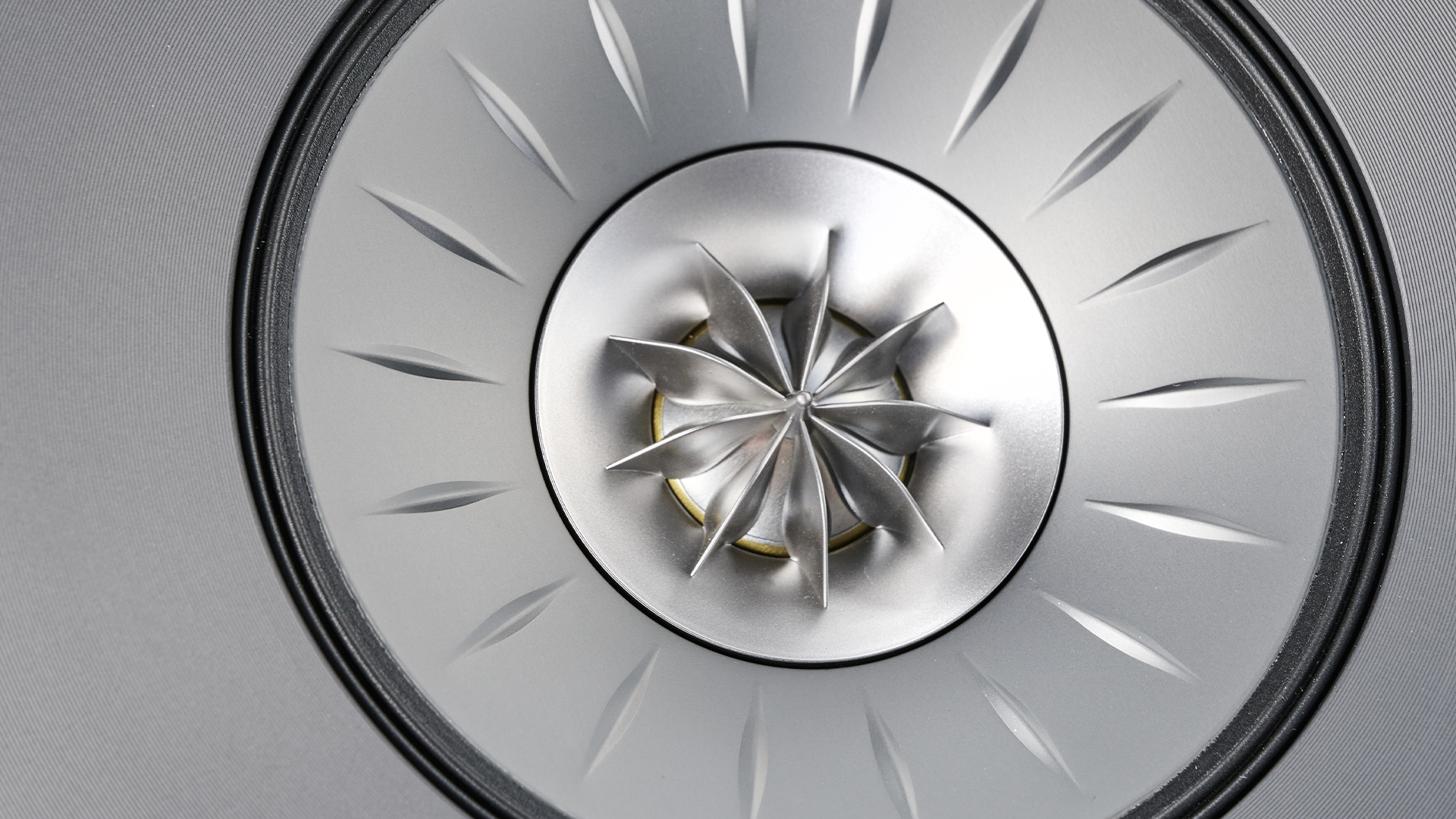
We were introduced to KEF’s Metamaterial Absorption Technology (MAT) a few years ago through the company’s updated LS50 Meta speakers. The MAT element sits at the rear of the tweeter and takes the form of something that looks like a hockey puck. Inside that housing is a maze-like structure that is designed to absorb the sound that comes off the rear of the tweeter dome, so giving cleaner, less distorted results. KEF claims the technology absorbs as much as 99 per cent of this unwanted rearward sound radiation and is much more effective than the damped chambers that most rival designs use to do the same job.
Adding MAT to KEF’s trademark Uni-Q driver array – where the 25mm aluminium tweeter sits in the throat of the midrange unit – is a lot more involved than just plonking the tech on the back of the driver. It involves significant re-engineering and the company has taken the opportunity to add a whole host of refinements to the array’s structure, motor system and geometry to eke out a better performance. The Uni-Q array is even decoupled from the Reference 1 Meta’s cabinet to reduce the amount of vibration transmitted into the enclosure.

Type 3-way standmounter
Tweeter 25mm aluminium dome with MAT
Midrange 12.5cm aluminium cone
Bass 16.5cm aluminium cone
Sensitivity 85dB/W/m
Impedance 4 ohms (3.2 ohms min)
Ported? Yes (rear)
Dimensions (hwd) 44 x 20.5 x 42cm
Move away from the MAT-equipped Uni-Q and the rest of the Reference 1 remains much as we remember. That’s no bad thing. This is a three-way standmount with a dedicated 16.5cm aluminium coned bass driver that rolls in below 450Hz. The lows are tuned by a rear-firing port, though there is a bit of a twist here.
As with the original Reference 1 it is possible to tune the speaker’s low-frequency performance thanks to a choice of two lengths of port. These are made of compliant foam to avoid the resonance issues of typical hard plastic designs and offer the user a choice of roll-off points. The short port takes the speaker’s low-end reach to 40Hz while the longer one extends that to 37Hz. Swapping the ports is the work of a minute and involves twisting an outer cap that holds the port in place. The sonic difference between the two lengths is relatively slight, but in our 3 x 7 x 5m (hwd) test room, the longer option gives a more even and balanced overall presentation.
Build
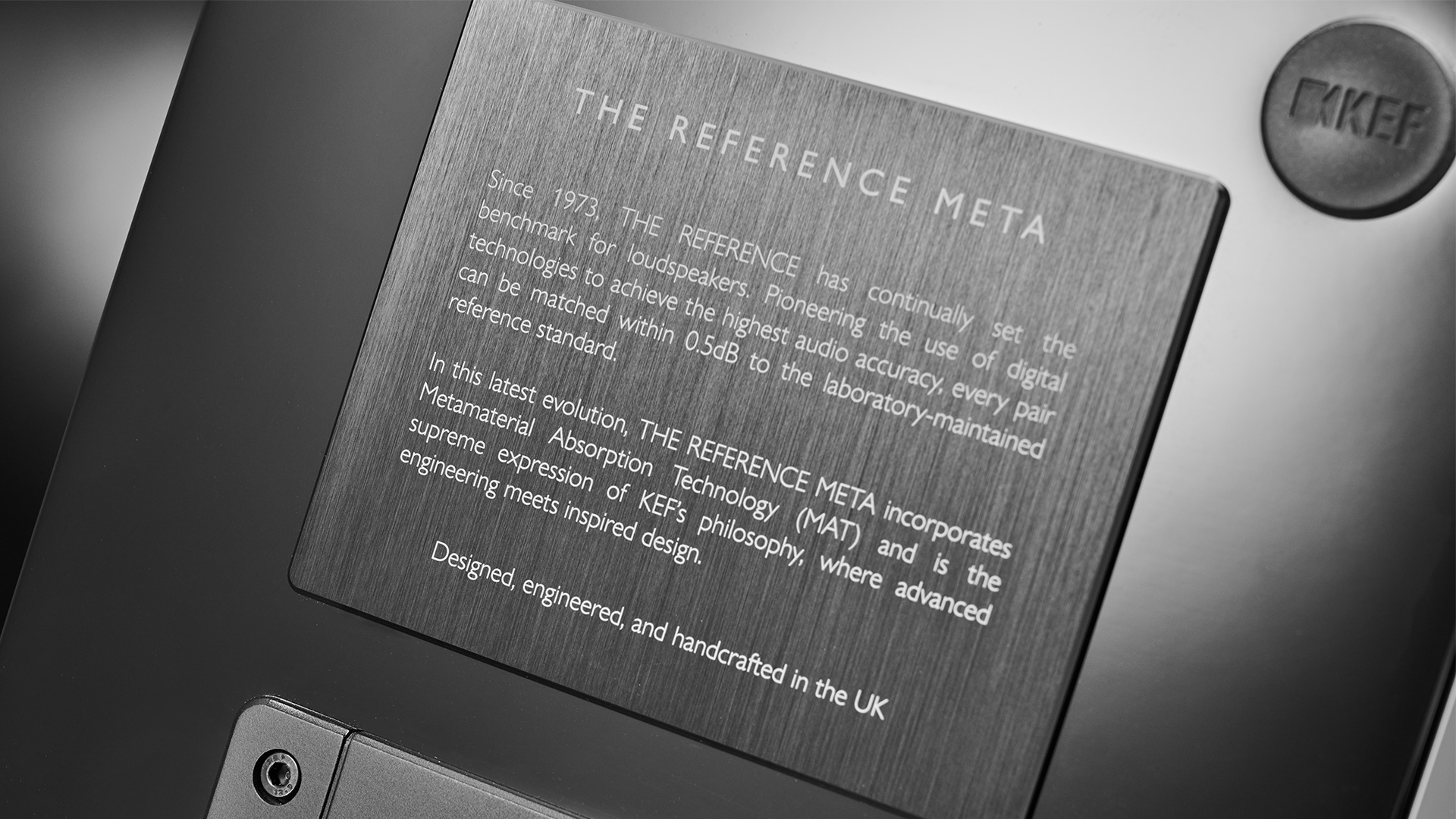
The Reference 1 Meta’s build is as classy as ever. The cabinet feels wonderfully solid thanks to extensive internal bracing, constrained layer damping and the rigid, composite front panel. There is a good choice of finishes, with the cabinet available in walnut (with silver Uni-Q/bass driver), high gloss black (a choice of grey or copper Uni-Q with grey bass driver) and high gloss white (blue or champagne Uni-Q and white bass driver). Regardless of the finish, these speakers are likely to look modern, understated and elegant in most environments.
KEF make a dedicated support called the S-RF1 speaker stands, and despite their hefty £1000 / $1200 / AU$2000 price, this is something that should be given serious consideration. It is a smart, nicely-made stand that, as would be expected from something specifically intended to do the job, works well. There is also some thought given to cable management, which will please the house proud. You don’t have to buy these stands though, but just make sure whatever you get is rigid, low resonance and capable of supporting the Reference 1 Meta’s hefty 18.2kg weight with stability.
Compatibility
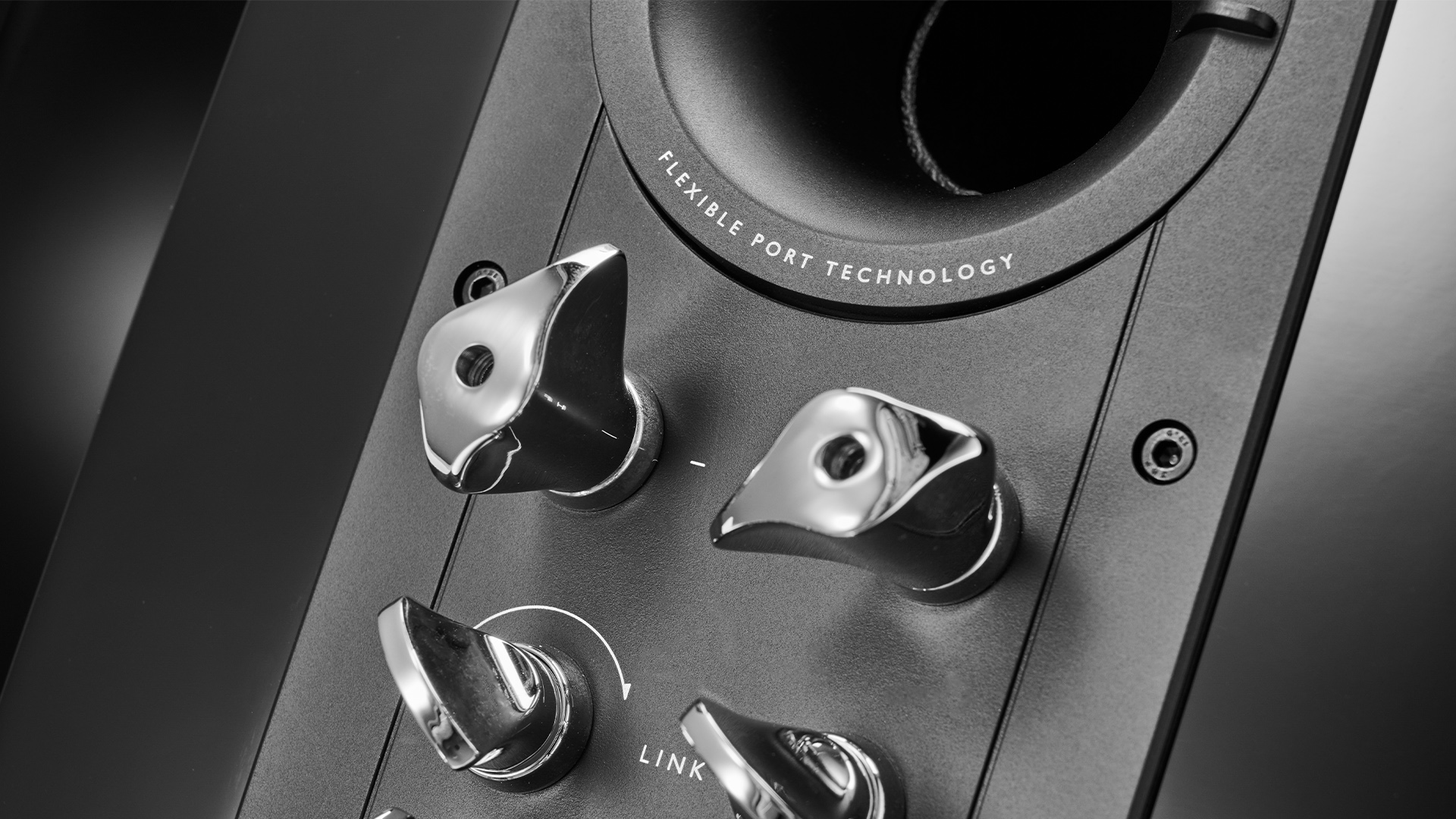
Anything at this level positively demands top-class partnering equipment. These speakers are highly revealing, so any shortcomings further up the chain will be ruthlessly exposed. Also, the Reference 1 Meta’s sensitivity is on the low side at 85dB/W/m and nominal impedance is rated at 4 ohms with 3.2 ohms quoted as the minimum, so we suggest the partnering amplifier should have plenty of grunt.
We use our reference Burmester 088/911 Mk III pre/power for the bulk of the testing but also give Naim’s Supernait 3 integrated a go to see how these speakers perform with more modest electronics. Our main sources are the Naim ND555/555 PS DR music streamer and the Technics SL-1000R/Kiseki Purpleheart record player.
The Reference 1 Meta aren’t particularly fussy when it comes to room positioning. One of the principal strengths of the UniQ array is that it produces a consistent dispersion pattern regardless of direction, so it becomes less critical where the listener sits. The stereo sweet spot is impressively wide, and once positioned with just a little bit of an angle towards the listening position, these speakers produce a wonderfully wide and beautifully focussed soundstage.
Sound
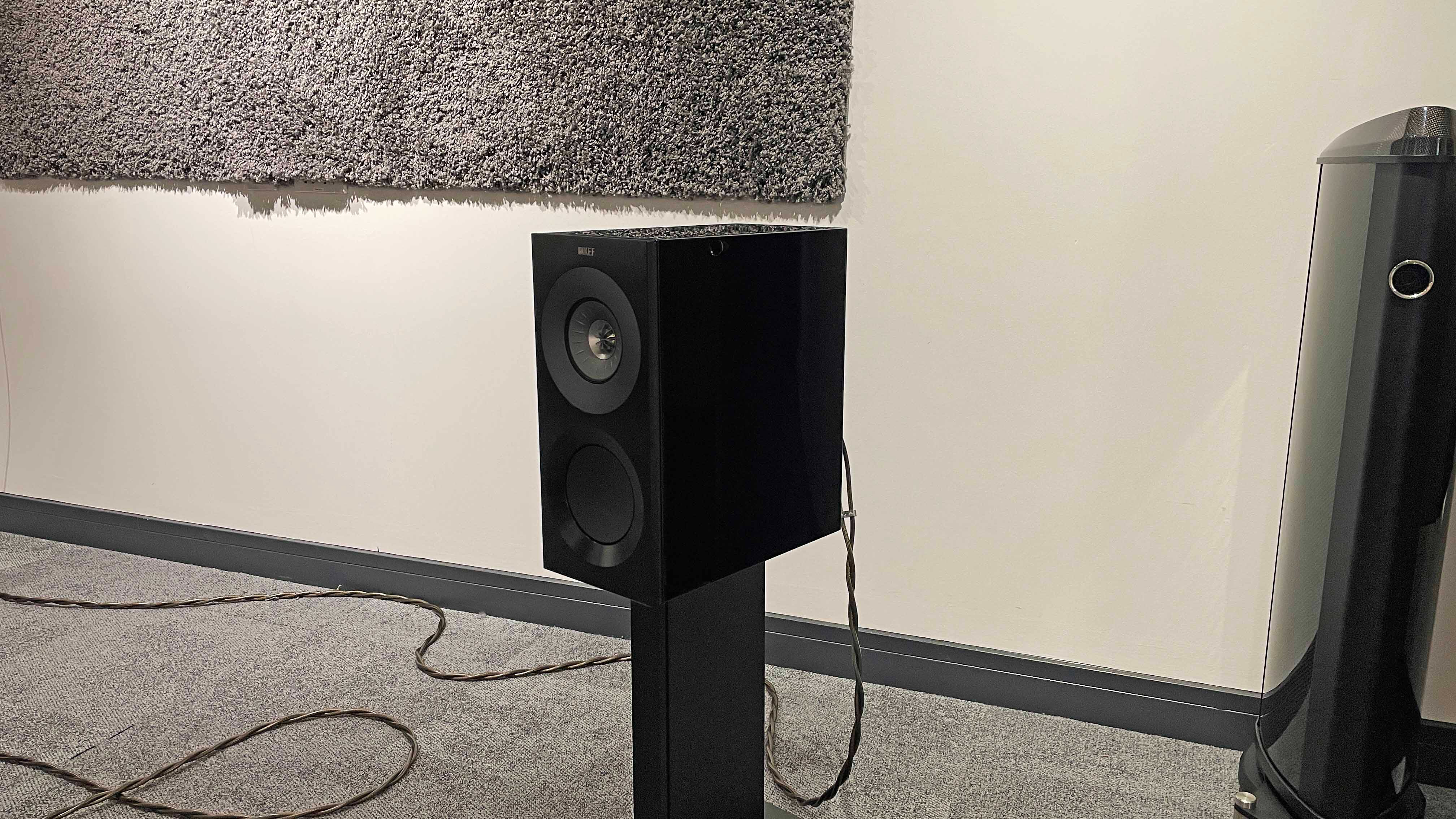
As we listen to Dvořák’s New World Symphony it is so easy to pinpoint the precise location of instruments. The soundstage is expansive, layered and stable, even when the music becomes busy. With our eyes closed it is hard to pinpoint the physical location of the speakers, which speaks highly of the carefully engineered enclosure.
At 44cm high these won’t be particularly imposing in most rooms, though their 42cm depth does give them a reasonable cabinet volume for a standmount design. Even so, none of that prepares us for the scale and authority of the KEFs’ presentation. On the end of our reference system, they sound much larger than they are, delivering the kind of chunky bass more often heard from floorstanding alternatives. Certainly, rivals such as the Bowers & Wilkins 805 D4 sound nowhere near as large-scale, muscular or punchy.
The KEFs go loud too. They deliver the music’s dynamic shifts with conviction and display little sense of stress. They just stay clean and deliver the sound with the punch it deserves. There is no shortage of refinement either, with the all-metal drive unit staying free of the harshness and peaky nature of lesser designs.
Tonally, these speakers are nicely balanced and render the music with more substance than most. We are impressed with the amount of detail they reveal and also the musical way that the mass of information is organised and presented. The Reference 1 Meta have a controlled delivery but also manages to communicate the passion in the music effectively.
We switch musical genres to Major Lazer’s Pon The Floor and the KEFs shift gear effortlessly. With music such as this, they sound agile and punchy, delivering the song’s rhythmic drive with verve. Bass notes kick hard and lows are delivered in a taut and tuneful way. Move up the frequency range and you’ll find that voices come through with clarity; every nuance is delivered in a clear and proportional way.
There is plenty of bite at the top end too, but never to the extent where the speakers make a meal of a less-than-perfect recording. While there is no denying the Reference 1 Meta’s high level of transparency, they never sound like the flaws in the recording are being highlighted. If those flaws are there you’ll hear them but there won’t be a spotlight on them.
Verdict
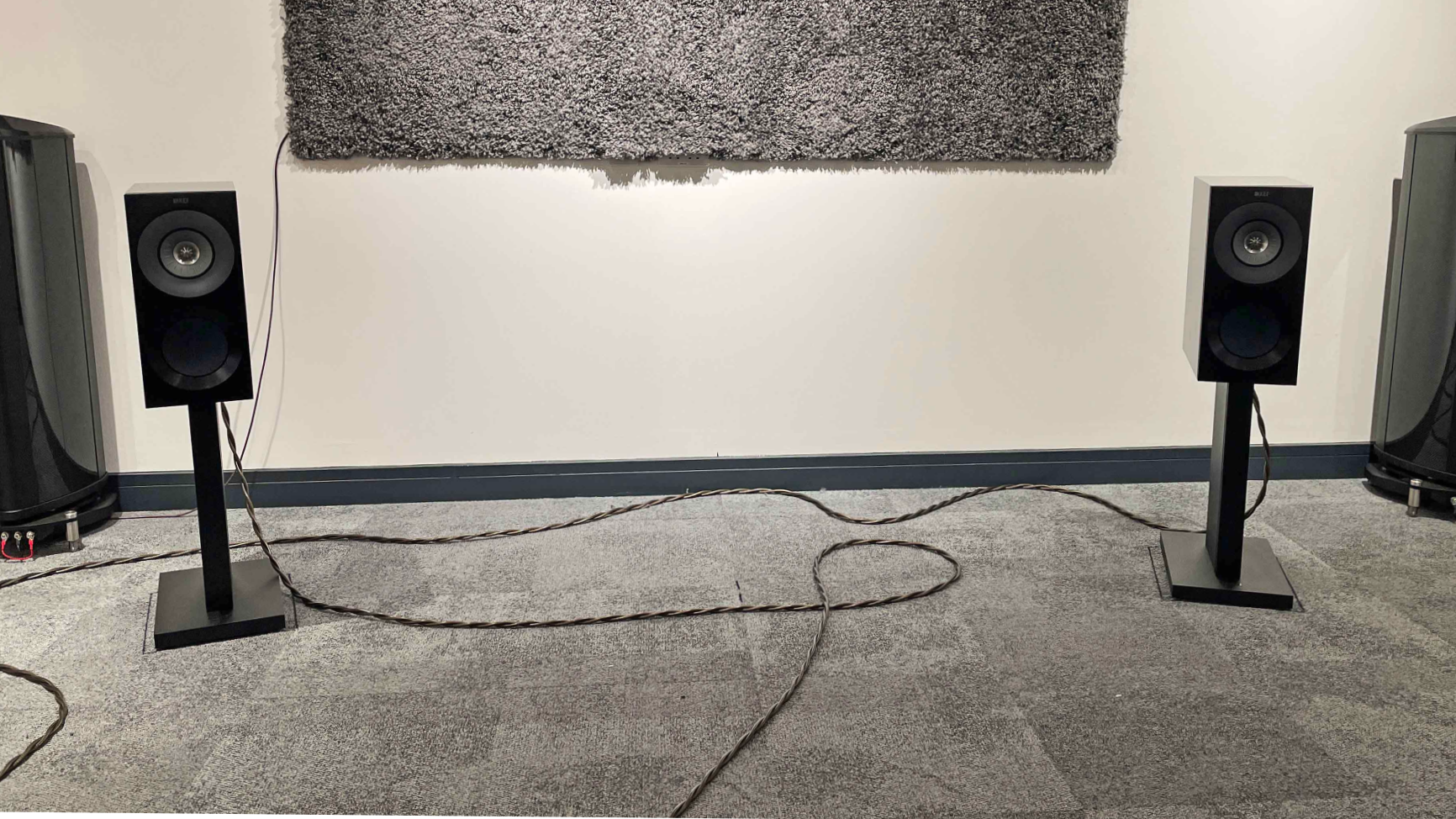
KEF’s engineers have done a great job with these speakers. The original Reference 1 were great, but the sonic refinements brought about by the Meta upgrade are significant. At the time of writing it is hard to think of a more rounded alternative for anything like this kind of money. Take care with the partnering system and these KEF speakers are sure to please.
SCORES
- Sound 5
- Build 5
- Compatibility 5
MORE:
Read our review of the Bowers & Wilkins 805 D4
Also consider the Fyne Audio F1-8
Read our ProAc K1 review
Best KEF speakers: budget, premium, bookshelf and standmount







